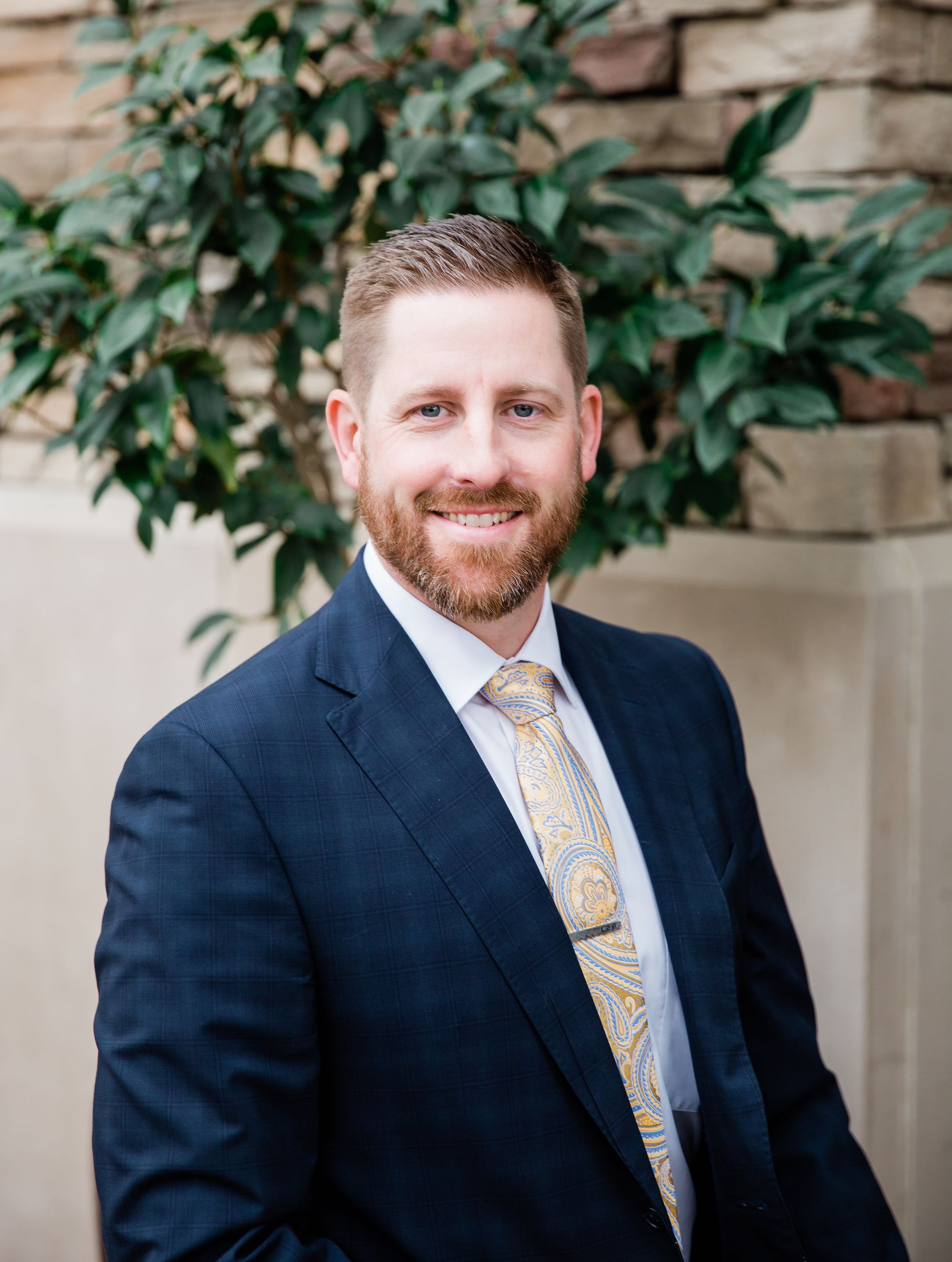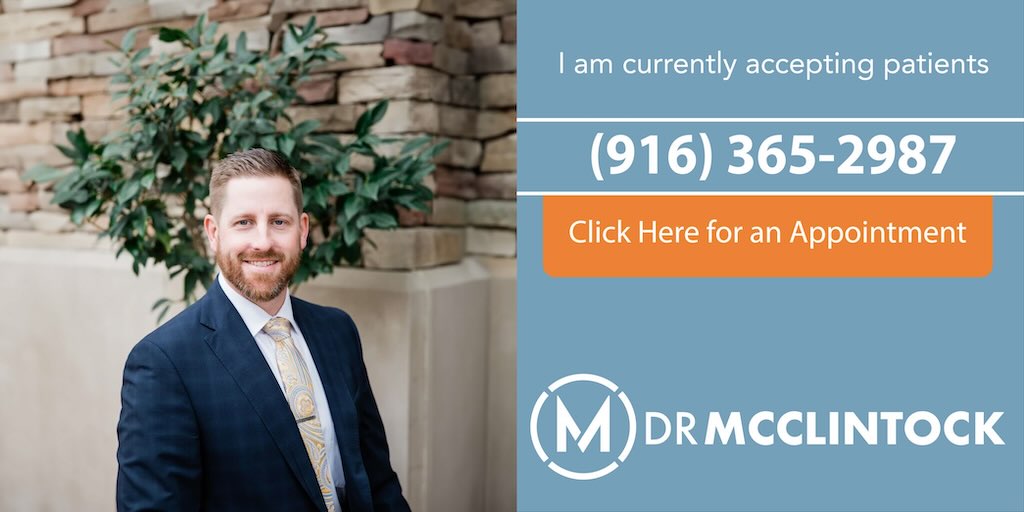What is the Latarjet Procedure?
The Latarjet Procedure is one of the surgical techniques available to address instability or dislocation of the shoulder, often caused by trauma. It is also called Latarjet-Bristow Procedure or a Coracoid Transfer. The procedure relocates a piece of bone with an attached tendon (a section of the coracoid process of the shoulder blade) to the shoulder joint (medically referred to as the glenohumeral joint), with the overall objective of regaining stability of the shoulder.
What type of person typically opts for the Latarjet Procedure?
The Latarjet Procedure can be an effective treatment for a spectrum of patients needing to regain stability in their shoulder. Typically, the Latarjet procedure addresses ongoing instability from an excessive amount of bone loss from repeat shoulder dislocations. It allows for the restoration of glenoid bone loss and increased constraint of the shoulder joint’s soft tissues. It is usually utilized to treat patients with more significant instability or who are involved in high level sports participation including contact sports.
What is the common age range of patients receiving the Latarjet Procedure?
Typical Latarjet patients are typically younger and tend to be athletic with a higher risk of dislocation because of their active/athletic lifestyles. While older patients can be candidates for Latarjet, the need for this type of procedure is not as prevalent in older populations.
Is Latarjet a commonly performed shoulder procedure?
Orthopedic Surgeons often perform Latarjet Procedures because they commonly treat athletes or patients with physically active lifestyles. Surgeons who have completed fellowship training in sports medicine or shoulder and elbow surgery are most qualified for this type of procedure due to its complexity.
What is the typical operating time for a Latarjet Procedure?
On average, a Latarjet Procedure can take anywhere from an hour to 90 minutes to complete. The time often depends on patient-specific factors—particularly the patient’s physical build and history of previous shoulder surgery that has led to the creation of scar tissue.
What are some of the risks associated with the Latarjet Procedure?
With the Latarjet Procedure, as with any open surgery, there is a risk of damage to nerves, blood vessels, and essential structures. Surgeons work very closely with the brachial plexus, a large bundle of nerves that helps control motor functions and sensations to the upper extremity. Therefore, they must take extra precautions with the anatomy and neurovascular structures nearby. There is also the risk of damage to the delicate articular cartilage of the shoulder joint during the bone transfer process.
Long-term risks that surgeons consider and monitor in their patients can include the potential for “non-unions” where the bone graft does not incorporate and may not heal to the front of the glenoid.
Additionally, studies have shown that the Latarjet Procedure can lead to an increased incidence of arthritis 10 to 20 years post-surgery because it alters the normal joint kinematics.
Risk levels, early post-operative risks, and long-term complications vary among patients and should be individually discussed between patient and surgeon.
What are some post-operative advantages to Latarjet Procedure, particularly when compared to the alternative – Arthroscopic Bankart Repair?
The Latarjet is often the procedure of choice to stabilize the shoulder over a less-invasive method, called an Arthroscopic Bankart Repair, because there may be fewer post-operative restrictions. I tend to rehab my patients faster after undergoing a Latarjet Procedure, giving them the possibility of returning to their normal activities and lifestyle sooner.
Additionally, there tends to be less recurrence of shoulder instability symptoms in patients who receive Latarjet versus patients who receive Arthroscopic Bankart Repair. In fact, the Latarjet Procedure can be a recommended treatment for a patient who has previously received an arthroscopy that has failed to provide shoulder stability.





